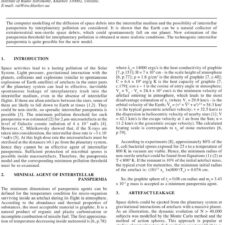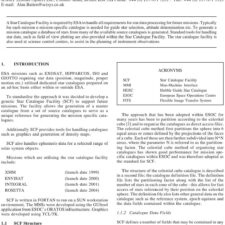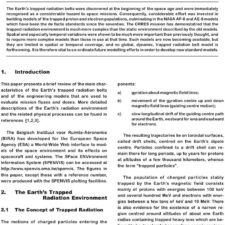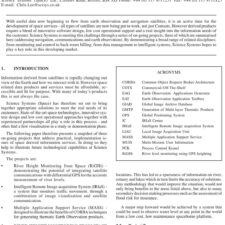Innovative Ultra-FEEP Thrusters for Interstellar Precursor Missions
£5.00
A. Genovese (2015), JBIS, 68, pp.117-124
Refcode: 2015.68.117
Abstract:
One of the most challenging technologies needed to enable interstellar precursor missions is the propulsion system. A key propulsion parameter is the specific impulse; in order to reduce the propellant mass to reasonable values, it must be much higher than the maximum specific impulse presently achieved by ion thrusters (3000 – 7000 s). Past studies have shown that a specific impulse of at least 100,000 s is needed to exit the solar system and reach a distance of 10,000 AU in a reasonable time (20-30 years). Field Emission Electric Propulsion (FEEP) can be an ideal candidate for such challenging missions. This preliminary study shows that an improved electrode design and much higher beam potentials, in the order of several hundred kV, could lead to values of specific impulse up to 100,000 s. A downscaled demonstration model is discussed in order to assess the feasibility of this propulsion concept; it can already provide a specific impulse as high as 30,000s, well above the most advanced ion thrusters presently developed. This prototype is designed for a beam potential of 120kV, and is based on a novel design with respect to traditional FEEP technology. Finally, a short-term interstellar precursor mission based on the present FEEP technology is proposed.





